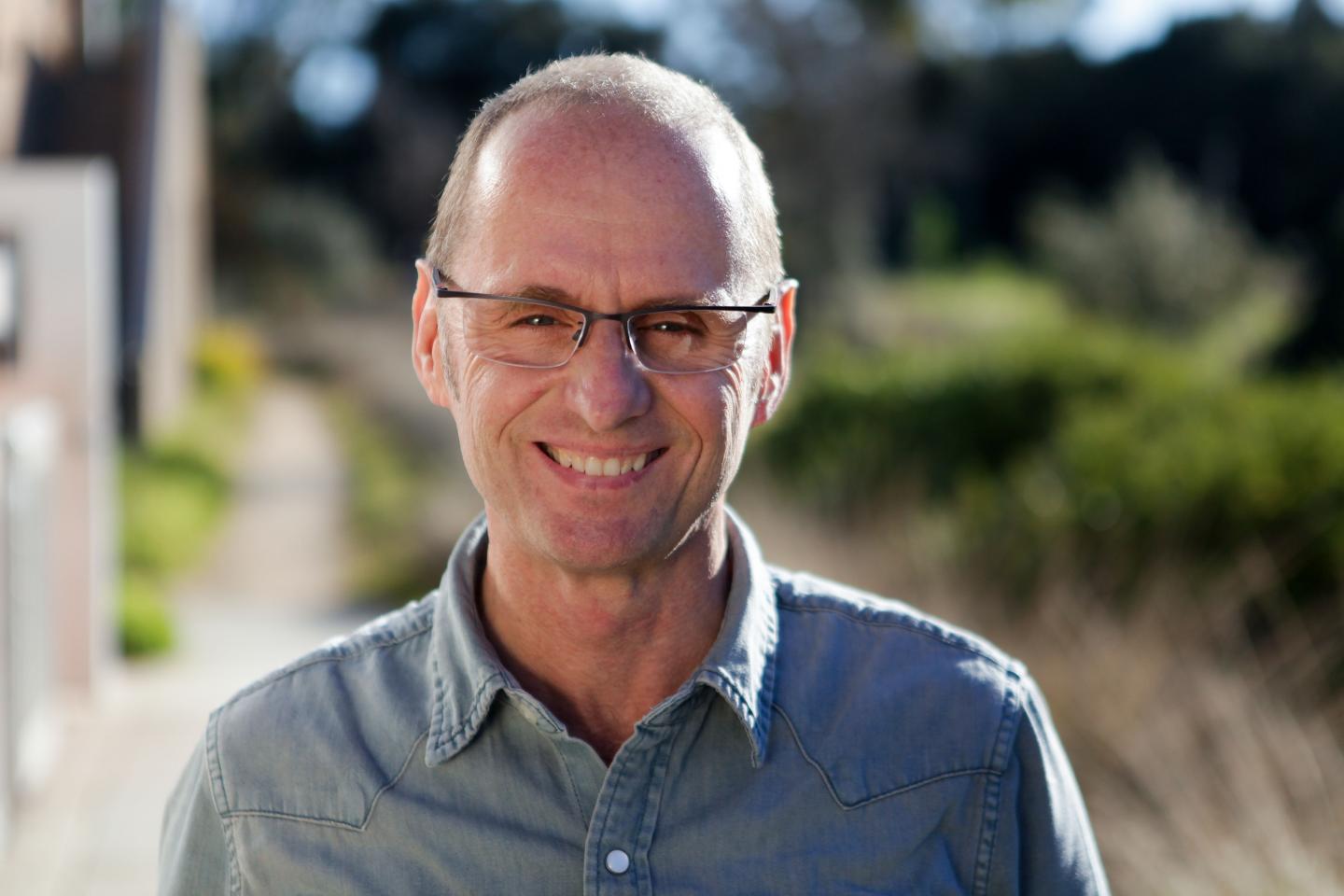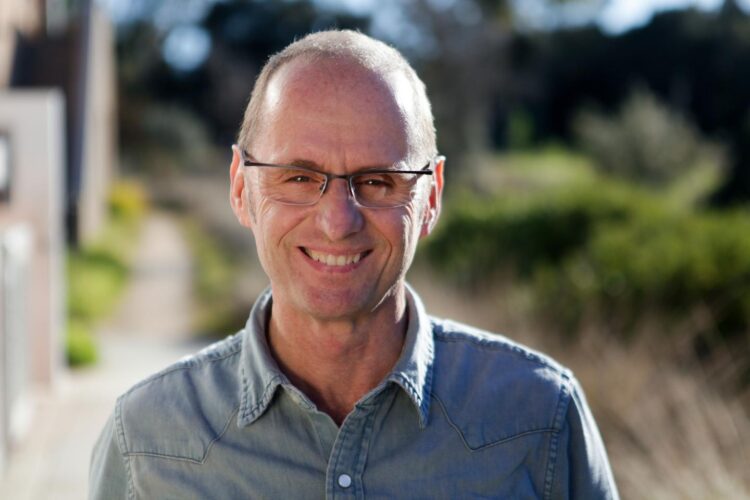New ERC Synergy Grant to be coordinated at University of Duesseldorf, Germany

Credit: Humboldt-Stiftung/Elbmotion
Together with Prof. Dr. Waltraud Schulze at the University of Hohenheim and Prof. Dr. Wolfgang Baumeister at the Max Planck Institute of Biochemistry (MPIB) in Martinsried, Prof. Dr. Wolf B. Frommer and Prof. Dr. Rüdiger Simon from Heinrich Heine University Düsseldorf (HHU) are to receive funding from the European Research Council (ERC). The ‘SymPore’ project will now be realised with funding of more than EUR 10 million. The mission of this Synergy Project is to understand the structure and function of the enigmatic plant intercellular channels, referred to as ‘plasmodesmata’.
In an organism made up of many differentiated cells, each of which completes different tasks, cells need to communicate with each other and exchange substances. Plasmodesmata are thus key routes for coordinating their tasks for the benefit of the organism as a whole.
In animals, this function is, in part, mediated by protein complexes that form selective channels known as ‘gap junctions’, protein complexes that create intercellular connections. By comparison, plasmodesmata are much more complex. “Plasmodesmata are probably the most important yet least investigated organelles in a plant cell and are hugely significant for all aspects of plant life,” explains Wolf B. Frommer, Alexander von Humboldt Professor at HHU. “Plasmodesmata allow the exchange of nutrients and messenger substances as well as genetic information and even proteins.” They can even prevent the transmission of virus proteins or RNA from one cell to the next, for example.
However, we do not yet understand exactly how this happens. “Plasmodesmata are too small for modern microscopy methods but too large and complex for traditional structural elucidation,” emphasises Prof. Simon from the Institute of Developmental Genetics, who leads the project’s second HHU working group. Plasmodesmata have a diameter of 50 – 160 nanometres, and a nanometre is just one millionth of a millimetre. They are thought to comprise hundreds of proteins and several lipid membranes. Prof. Simon explains: “This means these structures are smaller than the limit of resolution of optical microscopes. While plasmodesmata can be identified using a light microscope, they cannot really be examined in detail.” Even traditional electron microscopes cannot display these highly complex structures sufficiently. It is now hoped that state-of-the-art cryo electron tomography developed by Prof. Baumeister at MPIB will lead to a breakthrough.
Frommer: “Only by using complementary state-of-the-art methods will it be possible to understand these fascinating machines.” To do this, four working groups have now come together under the name SymPore (“Plasmodesmata as Symplasmic Pores for Plant Cell-to-Cell Communication”). As part of the Synergy Project, which is set to run for six years and receive ERC funding in excess of EUR 10 million, they aim to explain the blueprint, structure and function of these immensely important plasmodesmata.
The working group led by Prof. Waltraud Schulze at the University of Hohenheim will identify the ‘components’ of plasmodesmata, which include lipids as well as proteins. The two working groups at HHU will focus on preparing a blueprint showing where the plasmodesmata components are localised and their composition and will also use refined biosensor technology to develop methods that visualise the functio of plasmodesmata in living plants. Prof. Baumeister and his staff at MPIB in Martinsried are world leaders in elucidating complex structures with the highest resolution – down to individual molecules – using cryo-electron tomography. It is expected that state-of-the-art methods developed by him at MPIB will provide a breakthrough and thus help the team to create an overall picture of the structure and function of plasmodesmata.
All of the team agree: “We can only develop an overall picture of the structure and function of plasmodesmata by working closely together. The Synergy Grant from the European Research Council will now allow for this collaboration to take place!”
###
Background information:
ERC Synergy Grants
ERC Synergy Grants are amongst the best-endowed funding tools in Europe. They allow a team of top-class researchers to bring together complementary skills, ideas, knowledge and infrastructure to work together on researching some of the most exciting and competitive questions in modern science. Synergy Grants are highly competitive: of the 441 applications submitted in 2020, only 34 will receive funding, thereof just two on the subject of plants.
Further information is available at: https:/
Arne Claussen
Media Contact
Prof. Wolf Frommer
[email protected]
Original Source
http://www.





